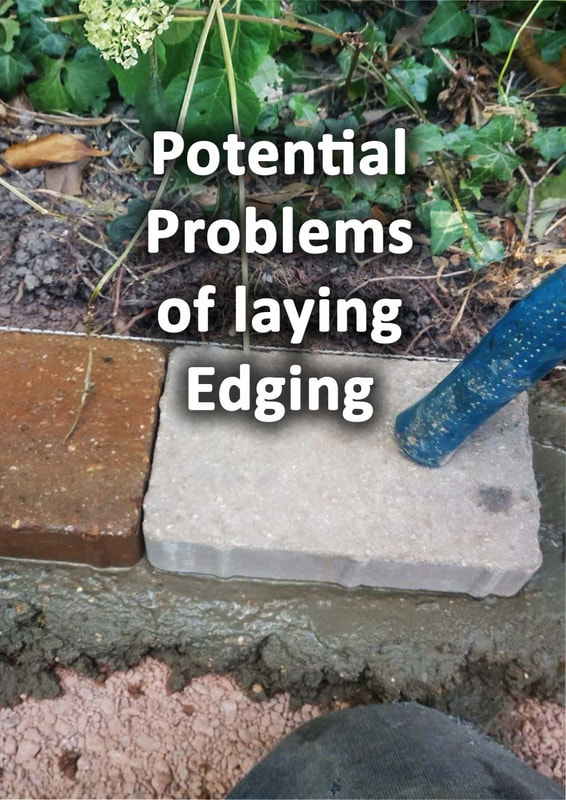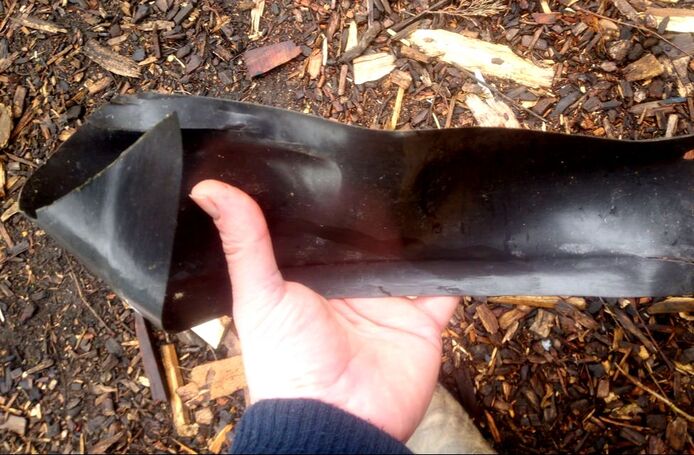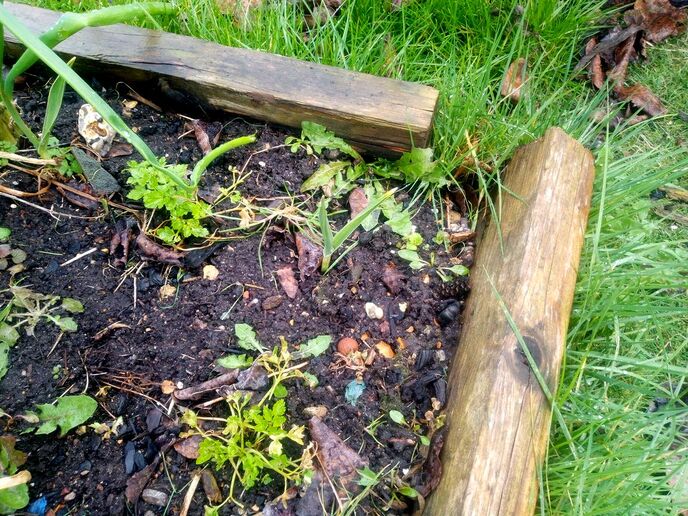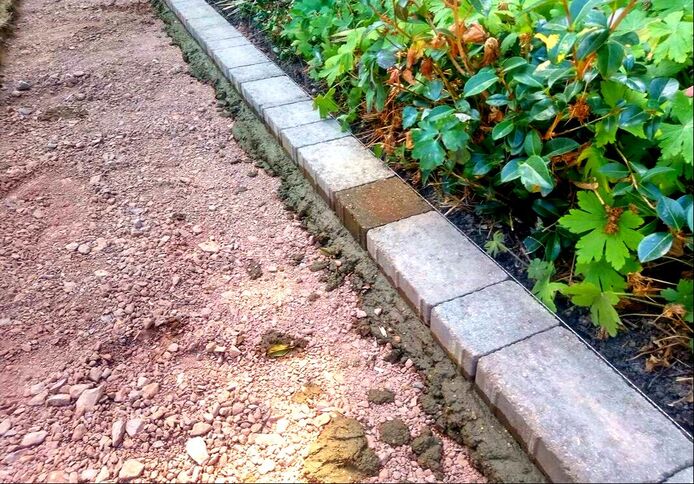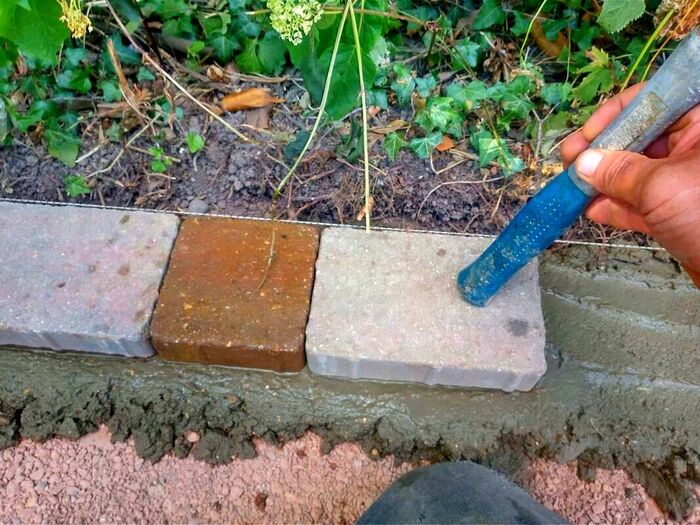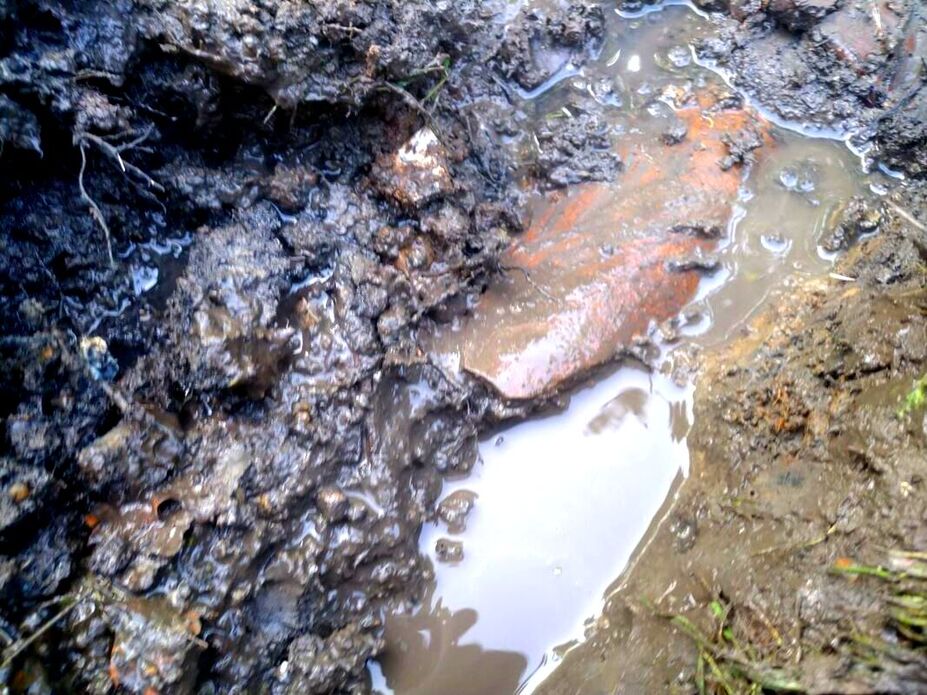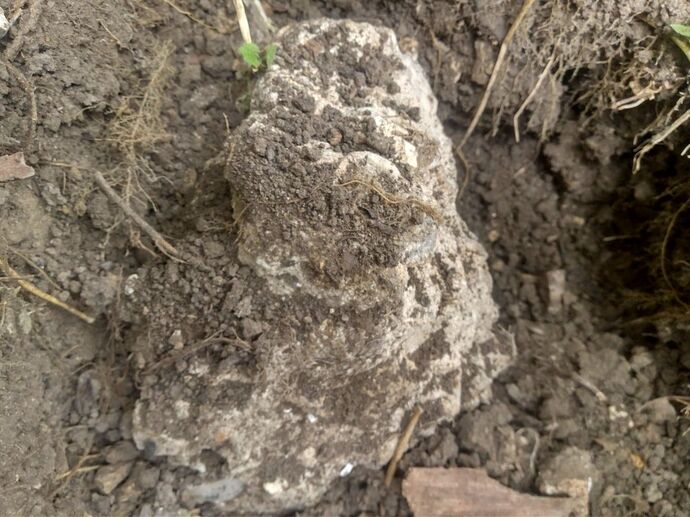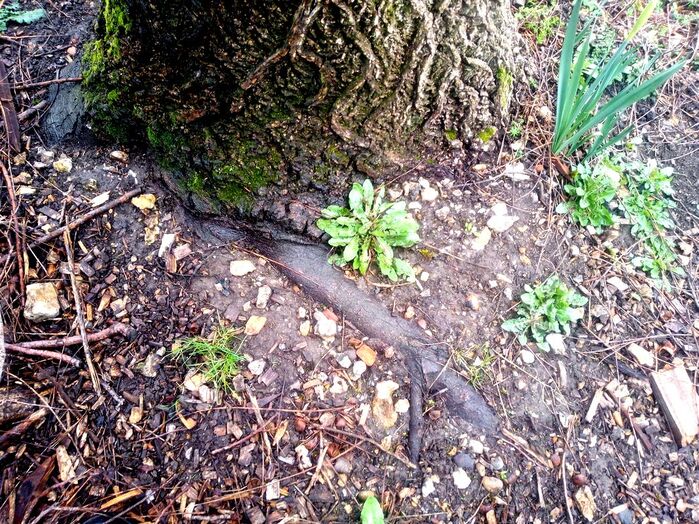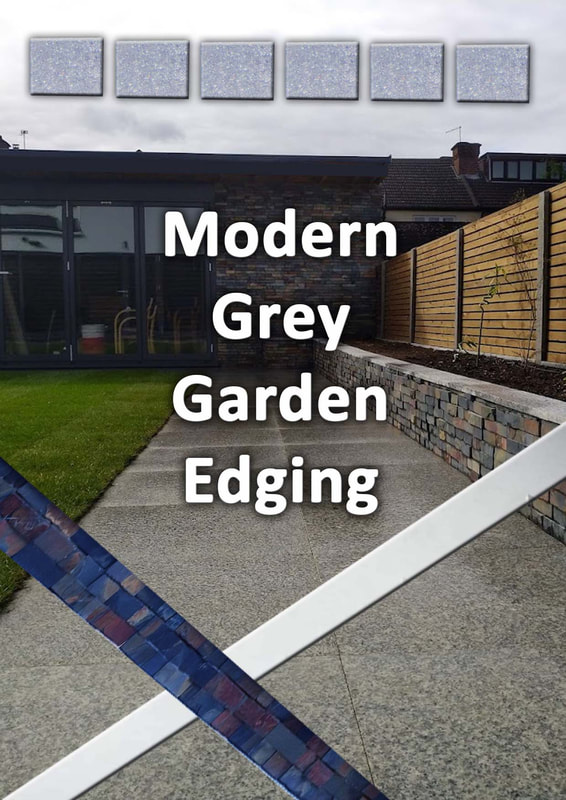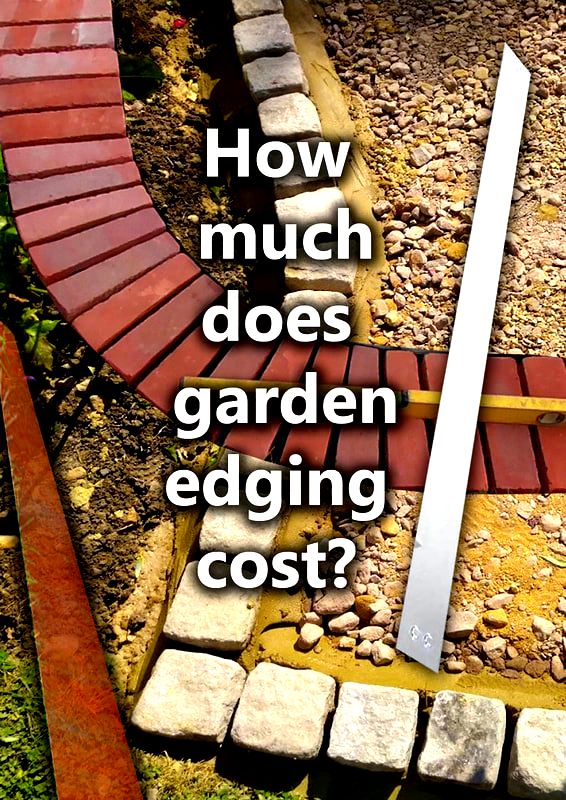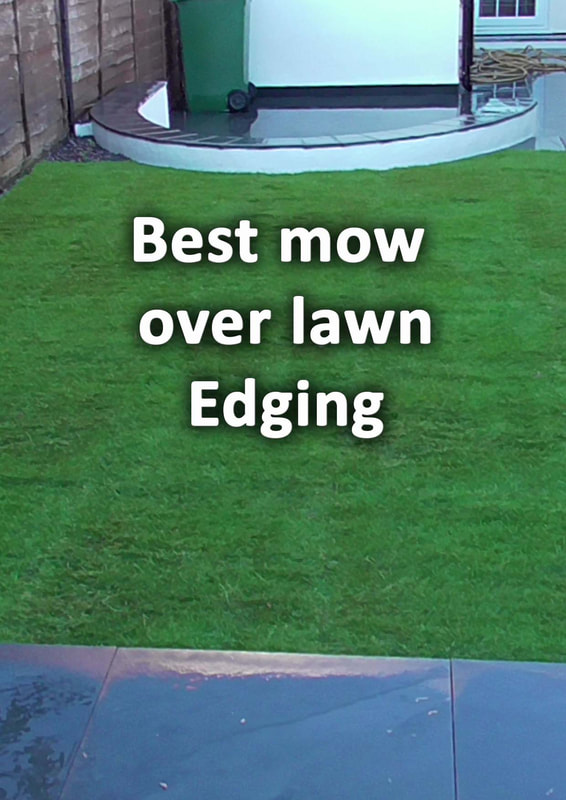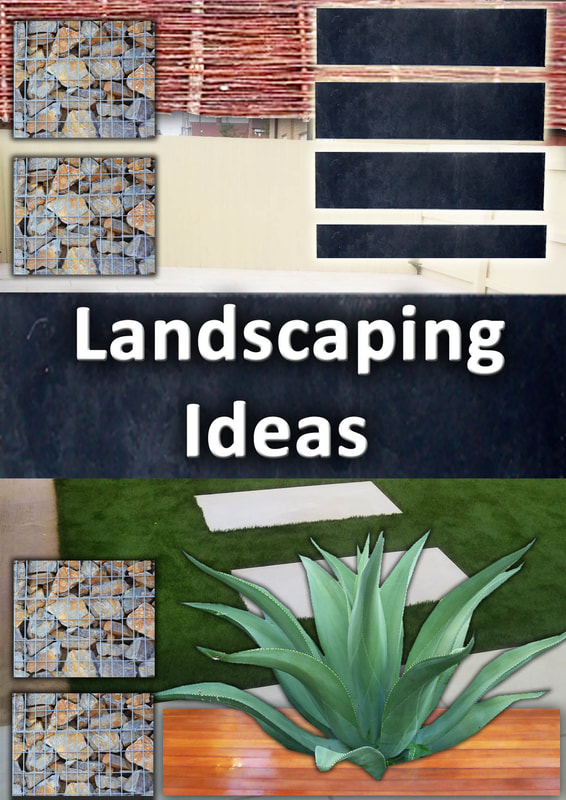|
This article contains affiliate links
Garden edging can provide outside spaces with structure, definition, mowing strips and retaining features. Edging can come in a wide variety of materials, styles and products.
All types of garden edging require their own specific planning and preparation. One of the most common garden edging problems is incorrect installation. This could be the incorrect edging for the specific scenario or the incorrect installation being implemented. In this article I identify the potential problems when laying garden edging. I will also provide suggestions for installing the correct edging in the right place in optimum way. Poor quality garden edging
One of the biggest problems with garden edging is the availability of poor quality products on the market. Firstly, I do not think the installation of plastic into the natural landscape is at all ethical. Most of these products are extremely flimsy and not up to the rigours of external construction. Garden edging should be durable, hard wearing and made of sustainable materials. If you are planning on installing new edging, make sure it is durable enough to do the job. Installing weak retaining features
There are two main types of edging; flush edging and retaining edging. It is retaining edging which typically causes the most problems and failure. This is because any edging which is retaining a quantity of soil or aggregate must be strong. Not only must the edging itself be strong it must also be installed correctly. Typically, retaining edgings require the excavation of soft top-soil and the installation of a sub-base. Incorrectly resolving levels
Most do not give levels a second thought when installing garden edging. However, setting in your edgings to a consistent level can be the difference between success and failure. This is especially relevant if you are installing masonry edgings like concrete block or brick. The best way to reach a flush level is to set up a tight string line. Run the string from your source level to your destination level to see how the existing ground levels correlate. You can then see if your edgings or surrounding ground levels will need to be tweaked. Incorrect sub-base
Typical problems with masonry, edgings like kerb stones or bricks are the lack of a suitable base. Stone or concrete edgings really need a compacted hardcore sub-base to lay upon. Edging units should then be laid upon a strong mortar mix and haunched into position. Ideally however, all masonry edgings should really be laid upon an in-situ concrete foundation. This will prevent sinking and cracking during seasonal ground contractions. Poor drainage
Poor drainage can be a real threat to successfully edging your garden. If you have boggy conditions you may wish to scrutinise your gardens levels. It may be a good idea to grade your gardens surface levels to more effectively drain water. Installing your new edgings to falls can actually assist with this. If edgings are laid upon boggy ground it’s likely they could crack and fail with seasonal ground expansion. Submerged obstructions
A potential problem when installing garden edgings is encountering submerged obstructions. Most of the time this is not a common problem but you can be unlucky! Typical obstructions include buried masonry materials and concrete. In such cases these can usually be removed with Angle grinders and electrical breakers. Why not visit our article on how to remove buried concrete here. Tree roots
Trees roots can always hinder any landscaping installation which requires excavation. However, the biggest threat trees roots pose to new edgings are growing and expanding roots. These are more of an issue with younger trees still in their growth phase. As young trees grow they put out roots which can grow under and lift new edging. When planning for new edging assess surrounding trees to see if they have potential to grow much larger. If so, you may want to keep your edgings further back from their root mass.
Thank you for reading our article on potential problems when laying garden edging.
If you require garden edging installation why not contact us here. Below we have included some other garden edging articles you may find useful.
'As an Amazon associate I earn from qualifying purchases'
0 Comments
Leave a Reply. |
The Author
|
Landscaping services across Buckinghamshire, Amersham, Aylesbury & High Wycombe
Hyde Heath, Amersham, Buckinghamshire |
|
